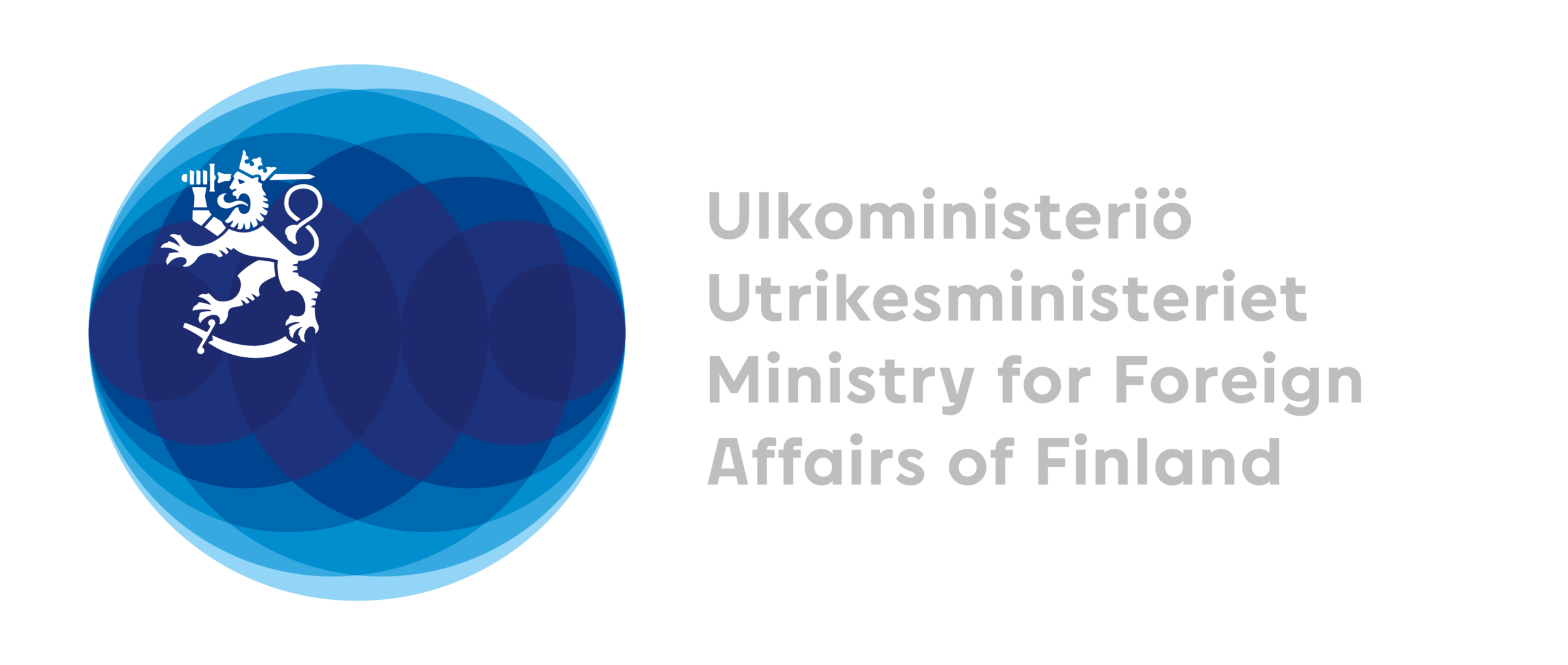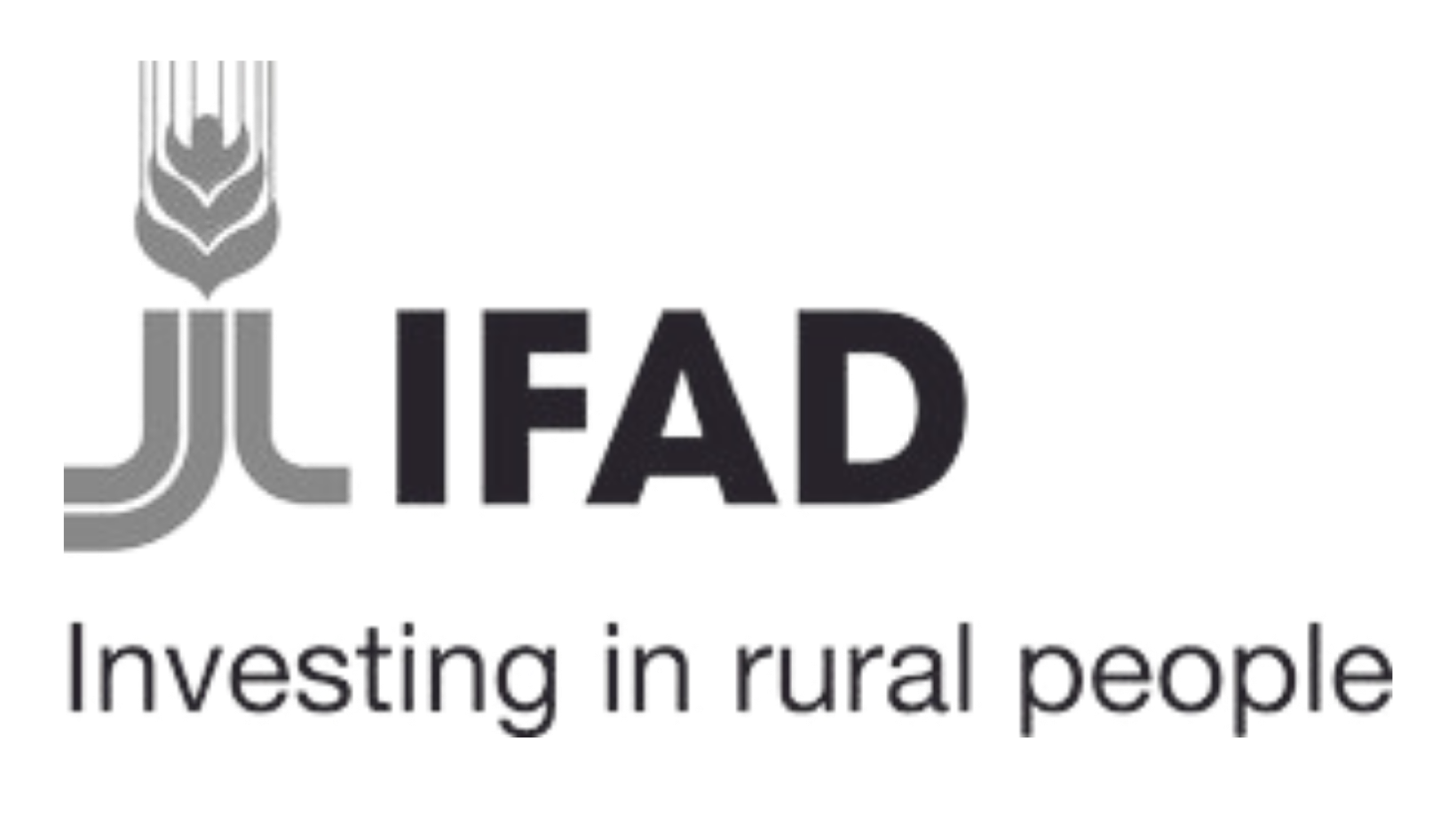Agricord Building Resilience Toolkit Part 1
ASSESSING CLIMATE RISKS AND DESIGNING ADAPTATION
A step-by-step guide for a Farmer’s Organisation and its members
Why this tool is needed
When assessing the degree of climate vulnerability and risk of a farm, household, or enterprise, we need to work with four central elements: hazard, exposure, sensitivity, and adaptive capacity. These concepts are explained in Box 1, based on the definitions of the Fifth Assessment Report of International Panel of Climate Change (IPCC AR5).
AgriCord Building Resilience Toolkit PART I, FO Members Assessing Climate Risks and Designing Adaptation, provides a tool for a Farmers’ Organisation (FO) to conduct a climate risk assessment amongst their member farmers/producers, and to facilitate the planning of efficient and feasible adaptation responses in support of resilient livelihoods of FO members. The tool is the first in the series of tools in the AgriCord Resilience Toolkit that aims to analyse climate risks and build resilience at the level of FO members, value-chains and organisations’ internal and external operations.
Farmer Organisations (FO) have many reasons for assessing and understanding their member farmers’ vulnerabilities to climate change as well as for screening their own activities through a climate lens. Firstly, smallholder farmers are those who are hit hardest by climate change. Extreme weather events and climate variability already threaten smallholders’ livelihoods in many parts of the world, and more climate risks are likely to materialise in the coming years and decades. More action is needed to strengthen the resilience and adaptive capacity of farmers’ livelihoods in response to climate variability and extremes.
Secondly, FOs play a key role in creating adaptive capacity and thus reducing vulnerability of their members in ever-changing climatic conditions. For farmers to be able to adapt swiftly and adequately to climate change, they need access to knowledge, assets, good governance (decision making), institutions and innovation. Together, as a system, these elements determine the adaptive capacity of smallholder farmers. Farmers’ Organisations play a pivotal role in strengthening and sustaining this adaptive capacity (or resilience) for their members, from the extremely vulnerable to the wealthier farmers. To fulfil this role, FOs need to understand how climate change is likely to affect their members, and what are the characteristics that make members, their production and related value chains vulnerable to the changes. On the other hand, the changing climate may in some cases open new opportunities for FO members which need to be explored, and related structural barriers in their value chains to be addressed.
Thirdly, the FOs also need to assess their own capacity to take necessary actions to better meet their members’ needs in the face of climate change. This may require developing new services or adjusting the existing ones. Furthermore, the FOs may need to climate proof their own infrastructure and facilities to better withstand extreme weather events, such as floods, high temperatures and storms.
Climate change in short
The climate of the planet is changing. The change is caused by greenhouse gas emissions from human activities, such as fossil energy use (oil, coal etc.), traffic, construction, agricultural production, deforestation and waste management. During the past decades, greenhouse gases – mainly carbon dioxide, methane and nitrous oxide – have accumulated into the atmosphere and started affecting our climate. Therefore, the mean temperature of the planet has risen, extreme climate events are more frequent and rainfall patterns are more unreliable than in the past. The more climate is changing, the more difficult and costlier it becomes to adapt to new climatic conditions. Therefore, we urgently need to reduce greenhouse gas emissions (=mitigate climate change) and, at the same time, adapt to the changes. Unfortunately, even if the whole planet stopped emitting greenhouse gases today, the climate would continue changing for decades due to the emissions of the past. Therefore, it is key to support smallholder farmers and other FO members in improving their resilience and adapting their production to the changing climate and, where possible, support farmers’ efforts to reduce greenhouse gases. In order to select the best adaptation solutions for each location, we need to understand potential climate impact and different factors of vulnerabilities. Farmers’ Organisations can play an important role in addressing climate risks affecting their members and in increasing farmers’ adaptive capacity.
Structure and principles of the tool
AgriCord Building Resilience Toolkit PART I, FO Members Assessing Climate Risks and Designing Adaptation, is designed to facilitate climate risk analysis and adaptation planning at the level of FO members. It consists of the tool itself (text part) and the reporting format for climate risk assessment and adaptation planning (Annex I). The tool is structured to help in several aspects of vulnerability and risk assessment, starting from a short overview to climate change with key definitions and concepts.
Secondly, it helps define climate related hazards and their potential impact, and also assesses the level of risk farmers face due to the hazards.
Thirdly, it looks into factors behind climate vulnerability of FO members’ and their livelihoods, including analysis on adaptive capacities, gender related differences and considerations about specific vulnerable groups.
Fourthly, the tool facilitates the reduction or eradication of climate risks by identifying appropriate adaptation strategies.
Fifthly, it draws attention to capacity building needs amongst the FO members in order to reduce vulnerability and increase the resilience of members’ livelihoods.
Finally, the tool provides a means to systematically record and analyse climate change information relevant to the FO members, and to be used for formulating an adaptation action plan.
Conducting a climate risk analysis requires various types of data and information. Depending on the purpose and geographical scope of the analysis, different data collection methods can be applied. Sometimes a structured survey among the FO members is an efficient way of collecting data, while in some other cases it is more relevant to organise a participatory workshop involving FO members and possibly external experts to discuss and prioritise vulnerability elements and potential adaptation options. In this tool, we assume that data is collected, and a vulnerability assessment conducted in a FO members’ workshop.
Prior to the workshop, it is recommended that the FO conducts a gender analysis. The FO should also introduce the climate risk assessment and study existing data on vulnerable groups, markets, weather, climate and ecological conditions in the are of concern. This gives depth to the vulnerability and risk analysis and creates common understanding of the relevant contextual factors and underlying vulnerabilities. It is worth noting that the data collected locally often needs to be supplemented with data from agriculture / forestry / livestock / aquaculture / horticulture and climate research. Therefore, engaging some experts in the workshop, or doing some preparatory work prior to the workshop is needed.
To find answers to Frequently Asked Questions regarding the workshop, please visit our FAQ page.
Get access to the tool by registering yourself* in the form below!
*When you access the tool, you agree that your name will be included in the user register and you agree to share information on the use of the tool with FFD. The tool can be accessed for free, however, we require parties that are using it to inform us when, where and with whom the tool is being used. We also request you to share the end report with FFD. The information will help us to futher develop the tool and to accumulate understanding on farmers' climate priorities.




















